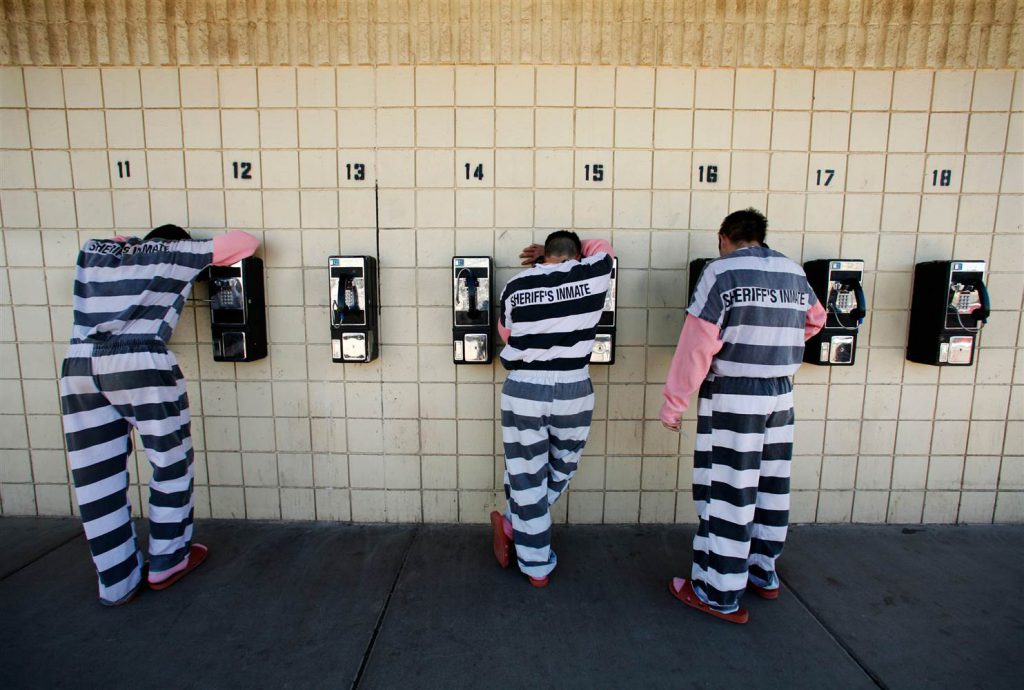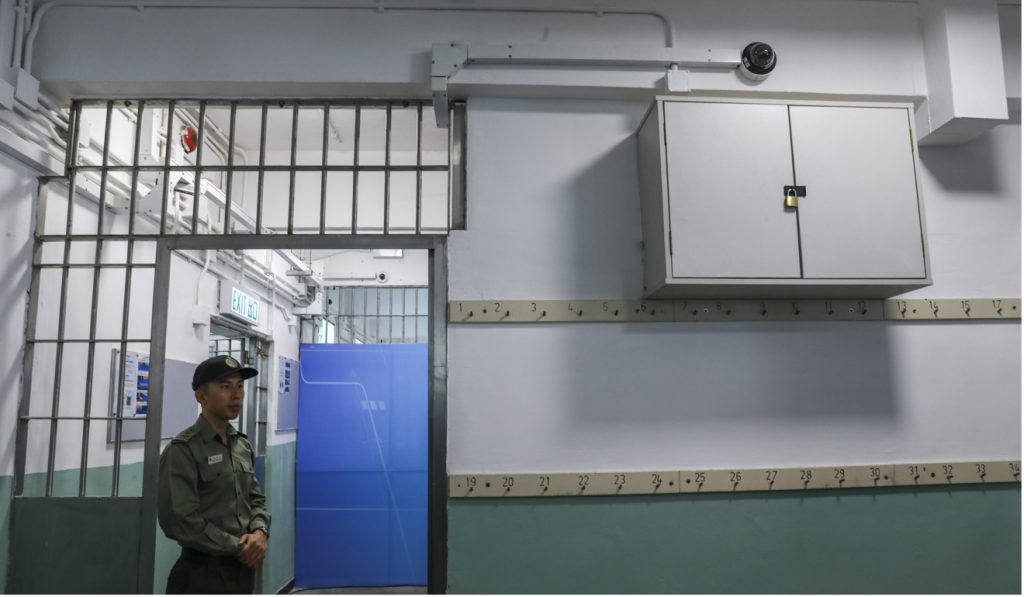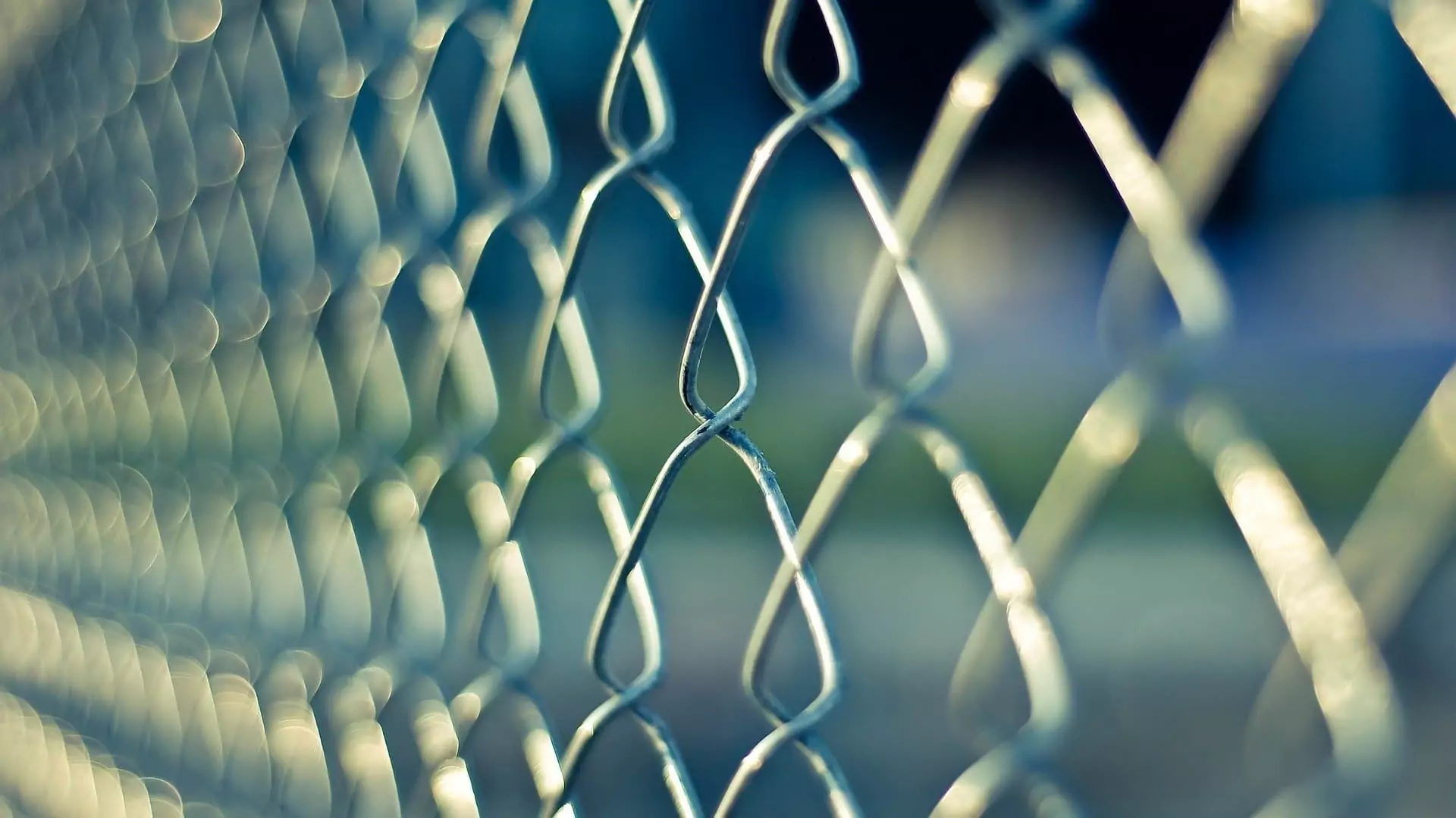Almost 11 million people are held in penal institutions throughout the world, of which nearly 20% (2.12 million people) were incarcerated in the US (followed by China with 1.65 million).
As law enforcement learns to more efficiently tackle crime, prison populations increase and the task of keeping both inmates and prison staff safe becomes more complex.
Whilst officers rely heavily on traditional video surveillance and body-worn cameras, artificial intelligence (AI) and anti-drone software are just some of the technologies also proving to be valuable tools. Let’s take a look into a few examples:
AI-Based Phone Screening

(Image source: campbelllawobserver.com)
Artificial intelligence is helping prison wardens and sheriffs across the US to monitor millions of inmate phone calls to learn of criminal activity and potential suicides almost in real-time.
How does it work? As reported by ABC News, the technology uses speech recognition, semantic analytics and machine learning software to build databases of searchable words. The system is powered by Amazon transcription tech and is part of a suite of technology services targeted to U.S. law enforcement departments. When the software finds suspicious language, it notifies police officers so that they pursue the best course of action.
In one case, the technology identified a problematic call in Suffolk County, New York, where the inmate threatened to kill the judge and prosecutor after his release from prison: “If I got to stay longer than November … I’m killing them all when I get out … and I mean it!” the inmate said on the call, according to a partial transcript provided to ABC News by LEO Technologies’ officials.
“You always have reservations when you’re talking about new technology,” said Bill Partridge, Police Chief in Oxford, Alabama. “…But it made a believer out of me in the first week. We’ve solved homicides, arsons, stopped jail contraband, solved some cold cases. But to me, though, suicide prevention is the most valuable tool.”
Anti-Drone Technology
As drones become cheaper to buy and more accessible. The use of them to smuggle drugs, weapons, and other contraband has become one of the biggest security challenges for prisons.
Les Nicolles’ prison on Guernsey has installed an innovative anti-drone system called SkyFence, which creates a virtual shield around the property that prevents drones from entering its airspace. The technology detects any remote-controlled drones that attempt to cross the perimeter and forces them to retreat by blocking their frequency and control protocols using sensors called ‘disruptors.’
“It disrupts the control network between the flyer and the drone. The drone then activates return to home mode and it will then fly back to the position where it had signal with its flyer,” explains Drone Defence’s Founder & CEO, Richard Gill. “…Someone described it as the final piece in a prison’s security puzzle. I think it could have a significant worldwide impact.”
Although the Les Nicolles project has been a success so far, with no drones getting through since the geofence was installed, UK prisons have been slow to follow. This is in part because drone jamming technology is illegal in the UK, with some exemptions, under the Wireless Telegraphy Act 2006. In Guernsey, deploying the system required a change of local law.
Smart Prisons
China, like most of the world, has a prison population problem. But, with the rollout of several integrated technologies, they are aiming to prevent crime and save lives.
“To enhance the capabilities of law enforcement… We are developing smart prisons, smart customs clearance and law enforcement, as well as using technology to enhance services of the Immigration Department,” said Hong Kong’s Chief Executive, Carrie Lam.
For example, the Hong Kong government is testing Fitbit-like devices to monitor inmate’s locations and activities at all times, including their heart rates. Some prisons will also start using networked video surveillance systems programmed to identify abnormal behavior, such as self-harm or violence against others.

(Image source: scmp.com)
And in high-security Chinese prisons, where there is almost a guard for every cell and every corner, technology could be the solution to help with this incredibly demanding surveillance task. Recently, the South China Morning Post published a story detailing Yancheng prison’s new surveillance system: According to the media, the prison which houses the nation’s highest-profile inmates has almost completed a new AI-based surveillance system.
The network of cameras and sensors are enhanced by advanced facial recognition as well as motion analysis technologies. By combining both capabilities, not only does the AI effectively monitor individual inmates, but it can also produce daily reports of every inmate’s behavior. “If an inmate has been spotted pacing up and down in a room for some time, the machine may regard the phenomenon as suspicious and suggest close-up checks with a human guard,” stated Meng Qingbiao.

